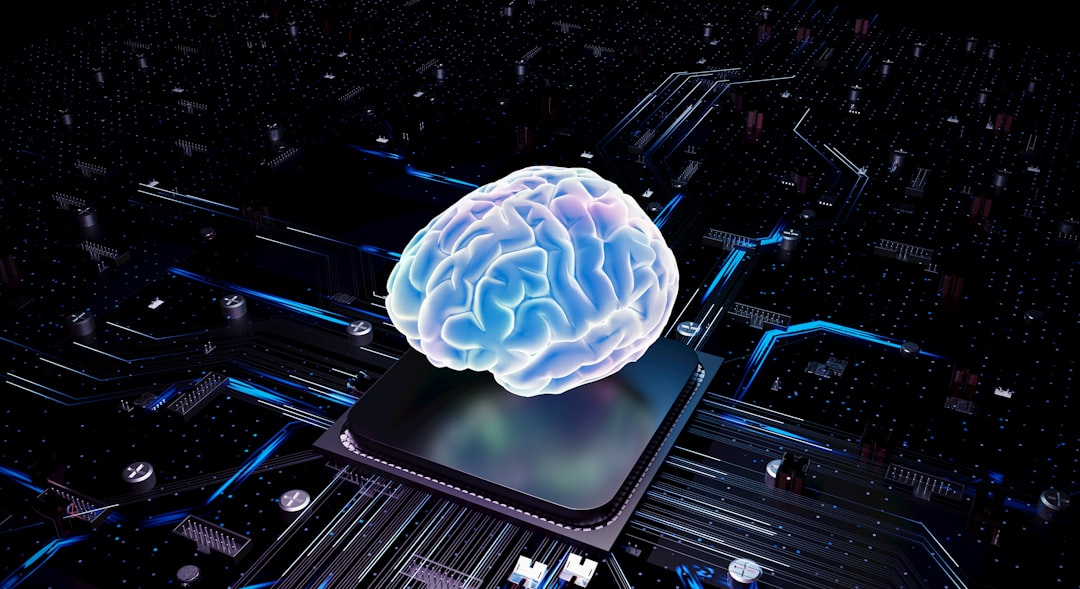The rise of artificial intelligence has transformed countless digital workflows, and one area seeing tremendous innovation is AI image upscaling. This technology promises to enlarge low-resolution images in a way that maintains — or even enhances — their clarity. But while AI image upscaling provides a compelling solution to one of the oldest problems in digital media, its use isn’t always appropriate. Like any tool, it can help, and it can hurt.
This article explores the practical and ethical implications of AI upscaling, aiming to demystify the technology for professionals, hobbyists, and everyday users alike.
What Is AI Image Upscaling?
At its core, AI image upscaling refers to using machine learning algorithms to increase the resolution of an image. Traditional scaling techniques might interpolate pixels by simply averaging colors between neighbors, often resulting in blurriness or blocky artifacts. AI-driven upscaling, on the other hand, employs deep learning models trained on massive datasets of high- and low-resolution image pairs. The result is an image enhanced with added detail that doesn’t exist in the original but seems convincingly plausible.
Popular tools like Topaz Gigapixel AI, Adobe Photoshop’s Super Resolution, and open-source programs based on ESRGAN or Real-ESRGAN dominate this space, offering users powerful software that promises to “restore” lost detail.

When AI Image Upscaling Can Help
There are several contexts in which AI image upscaling is not only helpful but transformative:
- Restoring Historical Media: Old photographs, digitized from film or scanned from deteriorating prints, often suffer from low resolution and noise. Upscaling can breathe new life into these important records without needing to reshoot or reprocess the original.
- Improving User Experience in Media and Entertainment: From streaming old TV shows to remastering classic video games, AI upscaling can modernize content. Video game developers often use it to scale old textures in retro titles repackaged for modern consoles with 4K displays.
- Optimization for Print: Designers faced with subpar source materials — a client’s tiny logo pulled from an email, for example — find AI tools invaluable for generating something usable for print media, where resolution requirements are more demanding.
- Enhancing Visual Data in Scientific Research: In fields like astronomy or medicine, where equipment limitations can restrict image quality, AI upscaling can assist in visualizing phenomena more clearly — though its use here must be handled cautiously and transparently.
In these instances, AI is not just a luxury — it’s a necessity to meet modern standards of clarity and detail.
When AI Image Upscaling Can Hurt
Despite its powerful capabilities, AI image upscaling comes with risks and shortcomings, particularly when misunderstood or misapplied.
- Generation of False Details: AI doesn’t magically uncover hidden pixels — it hallucinates plausible details based on what it has learned. This can become a problem when image authenticity is paramount, such as in journalism, forensics, or legal proceedings. A photo enhanced with imaginary textures or features is no longer a neutral record.
- Artistic Misrepresentation: When upscaling artwork, especially styles characterized by intentional roughness or abstraction, AI enhancements can alter the original intent. Watercolor paintings might emerge sharpened; brush strokes might be cleaned up — at the cost of the original aesthetic.
- Misinformation Potential: In an era where manipulated media can spread quickly, AI upscaling could assist in bolstering the apparent legitimacy of low-quality fabricated images or videos, particularly when combined with other tools like deepfakes.
- Loss of Heritage in Digital Restoration: While enhancement may improve visual appeal, the AI-generated version might replace historical authenticity. Digitally preserved heritage should not be reimagined to satisfy modern preferences unless clearly noted as reinterpretation.

Understanding these limitations is critical in determining whether AI upscaling is the right tool for the task at hand.
Use Case Analysis
To illustrate the nuances of AI image upscaling, let’s examine a few hypothetical but realistic cases:
Case 1: A Wedding Photographer Requires Enlargement
A client wants a 24 x 36 inch print of their wedding photo, but the original file is only 1500 x 1000 pixels. This is a clear scenario where AI upscaling assists brilliantly. The enlargement would exceed what traditional methods could achieve without appearing pixelated. As long as the final image looks natural and the context is personal rather than evidentiary, it’s a clear win for AI.
Case 2: A Forensic Analyst Reviews Security Camera Footage
An investigator attempts to enhance grainy footage to identify a face. While upscaling tools might appear to “sharpen” features, critical details might be introduced that never existed. If relied upon as evidence, this can have grave consequences. In legal contexts, AI’s illusion of clarity can undermine justice by creating artifacts mistaken for truths.
Case 3: A Museum Archives Historical Maps
Maps from the 1700s are being digitized for a virtual exhibit. The team wants high-resolution versions to reveal annotations and coloring. AI enhancement is tempting, but if not properly disclosed, visitors may mistake AI-added texture or line work as authentic to the original artifact. Here, upscaling must be annotated or kept to non-substantive elements to maintain scholarly integrity.
Ethical Considerations
As AI-enhanced images become harder to distinguish from untouched originals, a conversation about ethics is imperative.
- Disclosure: Always declare when AI tools are used, especially in journalism, historical reconstructions, or scientific imaging. The viewer should know whether they’re seeing original data or AI interpretation.
- Attribution of Edits: If AI added content that didn’t originally exist, that content does not belong to the original creator. There’s a need for guidelines on who owns AI-derived visuals and how they should be credited.
- Respecting Intent: Artists and authors of the input images may not consent to reinterpretations of their work via upscaling. Clarity does not equal improvement when original imperfections were meaningful or deliberate.
Guidelines for Responsible Use
Given both the benefits and risks, here are best practices for using AI image upscaling responsibly:
- Understand the Tool’s Limits: Know that hallucinated details are not real. Use upscaling for aesthetics, not authenticity.
- Be Transparent: Let your audience or clients know when enhancements have been applied.
- Use Judiciously: Don’t upscale everything by default — sometimes a lower-res file is more suited to the message or medium.
- Retain Originals: Keep the source files available for comparison and document what transformations were made.
- Respect Copyright and Style: When working with artwork or historical media, seek permission where possible, and understand what the original represents.

Conclusion
AI image upscaling is a powerful technology that has already proven invaluable across many industries — from personal photography to game development, and scientific visualization to historical preservation. Yet its misuse can lead to confusion, misrepresentation, and even legal trouble.
By recognizing both its capabilities and its constraints, professionals and creators can use AI upscaling to elevate their work, not compromise it. In an era where truth in imagery matters more than ever, discretion, transparency, and ethical discipline will be just as important as the software we use.
